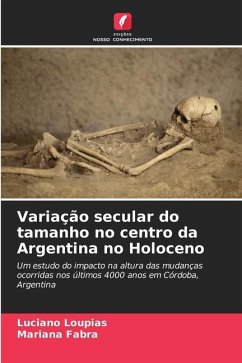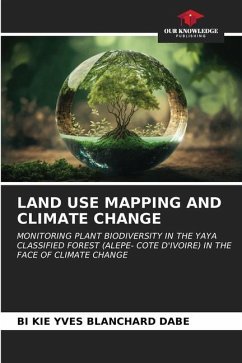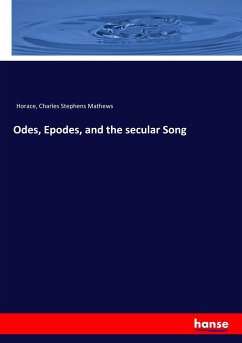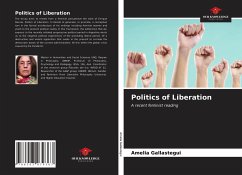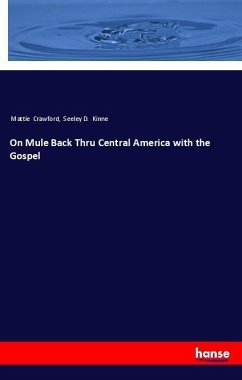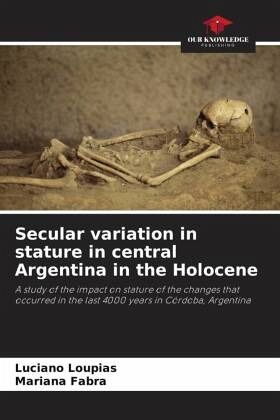
Secular variation in stature in central Argentina in the Holocene
A study of the impact on stature of the changes that occurred in the last 4000 years in Córdoba, Argentina
Versandkostenfrei!
Versandfertig in 6-10 Tagen
36,99 €
inkl. MwSt.

PAYBACK Punkte
18 °P sammeln!
The aim of this work is to study the secular variation in stature of human populations that inhabited central Argentina throughout the late Holocene. It was expected to find a variation in stature and a decrease in sexual dimorphism in height, associated with changes in lifestyles and subsistence strategies. The latter is related to the transition from hunting and gathering to a mixed economy, which complements the former with food production. Contrary to initial expectations, the results suggest an increase in sexual dimorphism over time, as a result of a negative secular trend in the height ...
The aim of this work is to study the secular variation in stature of human populations that inhabited central Argentina throughout the late Holocene. It was expected to find a variation in stature and a decrease in sexual dimorphism in height, associated with changes in lifestyles and subsistence strategies. The latter is related to the transition from hunting and gathering to a mixed economy, which complements the former with food production. Contrary to initial expectations, the results suggest an increase in sexual dimorphism over time, as a result of a negative secular trend in the height of female individuals and a slight trend towards an increase in the height of male individuals. The trends observed in different regions and by sex cannot be explained by a single explanatory factor. Rather, the conjunction of environmental and genetic causes may be involved in the processes that shape the height of individuals over time.



